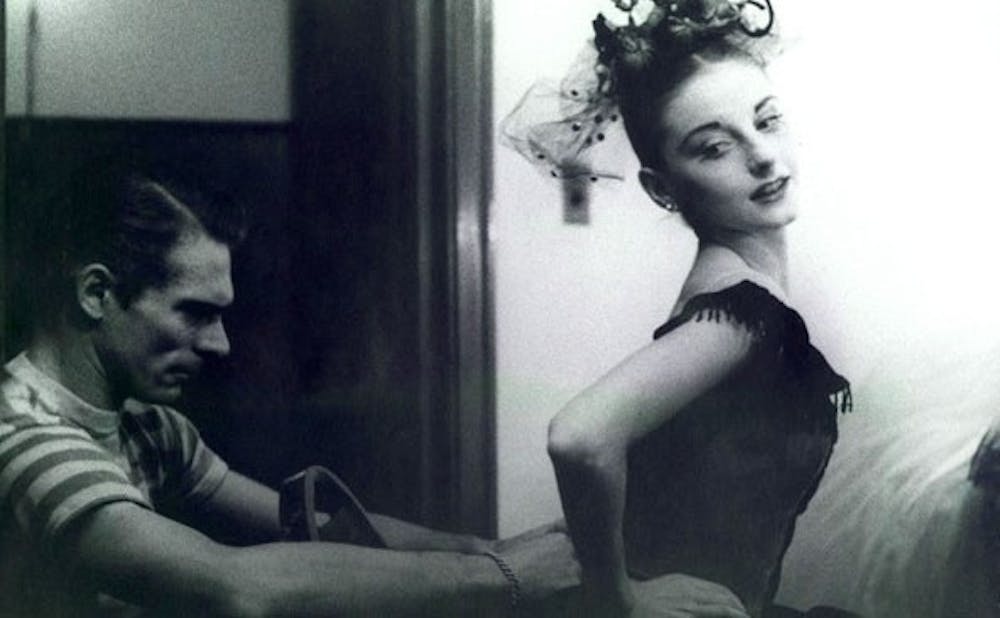Dir. Nancy Buirski
Augusta Films
3.5/5 stars
“No, but the soul
Void of words, and this heavy body,
Succumb to noon’s proud silence slowly.”
—Stéphane Mallarmé
“The Afternoon of a Faun” has quite the history behind it. It started out as an 1876 poem by Stéphane Mallarmé. The poem was then used as the foundation of Vaslav Nijinsky’s groundbreaking 1912 ballet of the same name, which other choreographers, including Jerome Robbins, reimagined. A film of this version of “Afternoon of a Faun,” which was danced by Tanaquil Le Clercq (Tanny) and Jacques D’Amboise, so impressed director Nancy Buirski that she decided to make “Afternoon of a Faun: Tanaquil Le Clercq.” The film follows Tanny’s life and rise to fame in the dance world, which was tragically cut short when her legs were immobilized by polio. The end result is a film that not only chronicles Tanny’s experience as a dancer but also captures her untamable spirit and its refusal to succumb.
The film is thoroughly soaked in ballet history. After all, it is intimately concerned with one of the most famous choreographers of the 20th century, George Balanchine, as well as influential figures such as choreographer Jerome Robbins and dancers Jacques D’Amboise and Arthur Mitchell. The film is even named after a piece with historical significance in the world of ballet. With that in mind, one of the film's biggest successes is its ability to transcend the ballet world—as interesting as it is—and to use as a vehicle to portray Tanny’s soul and personality. This was accomplished by Buirski’s fantastic use of archival material. Since Tanny’s prime as a dancer occurred in the early 1950s, there is not a significant amount of high-quality clips of her dancing. However, Buirski is able to weave what does exist with an impressive supply of letters between Tanny and Jerome Robbins to truly allow Tanny’s personality to shine through the documentary.
Perhaps the reason that Tanny’s story is so engaging and successful as the subject of a documentary is that her tragedy is an epic version of problems that many people face in less dramatic ways. These might arise when people are placed into bad situations left out of their control, or have to completely rediscover their identities. When this happens, individuals can wallow and cling to their old life, or, like Tanny, embrace their new life and enjoy it for what it is, even if it takes time.
The documentary reminds us that behind these ethereal, seemingly immortal figures who dance the pas de deux from "Afternoon of A Faun" are fellow human beings. They feel passion, pain, fulfillment and vulnerability and are subject to the follies of life just like any other—but often, they do so gracefully.
Get The Chronicle straight to your inbox
Signup for our weekly newsletter. Cancel at any time.

